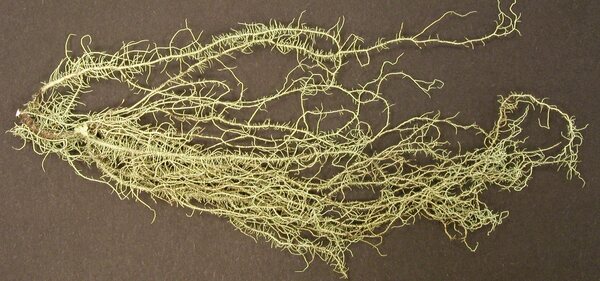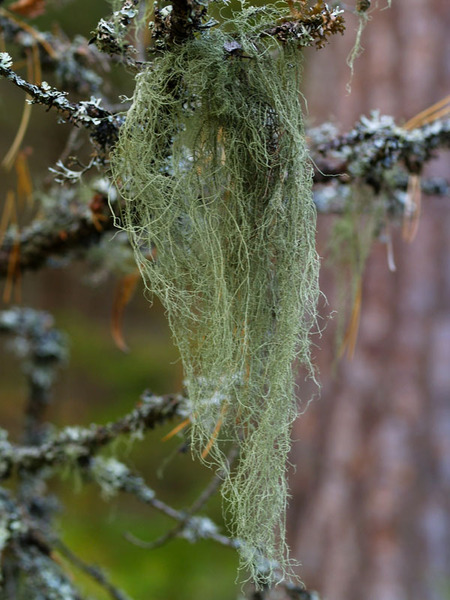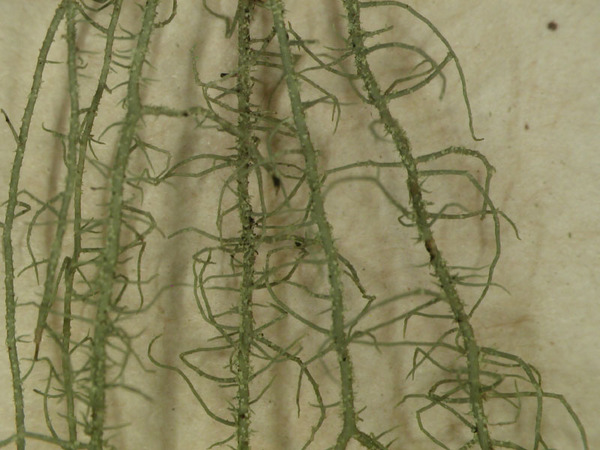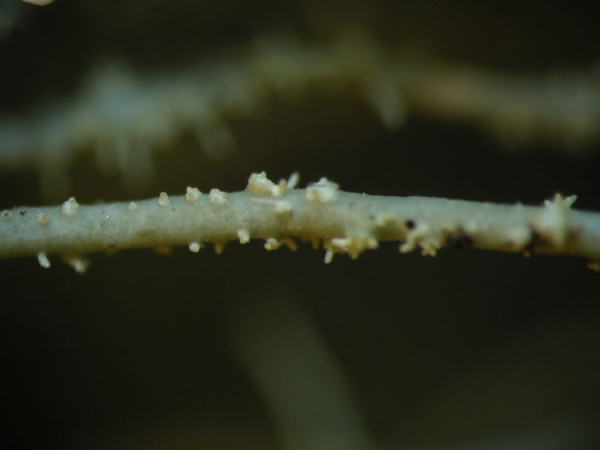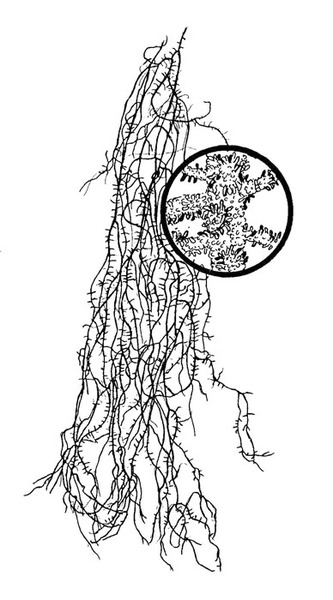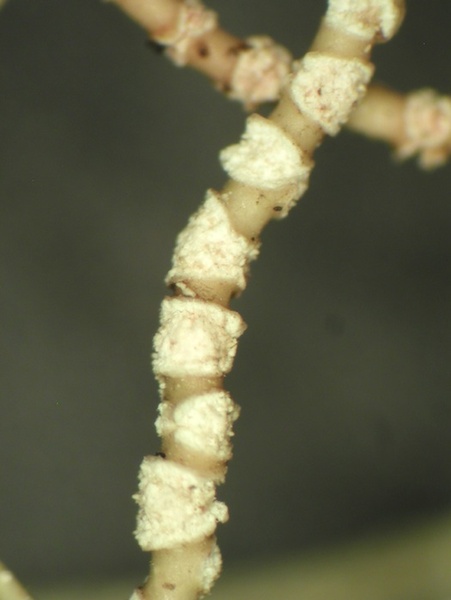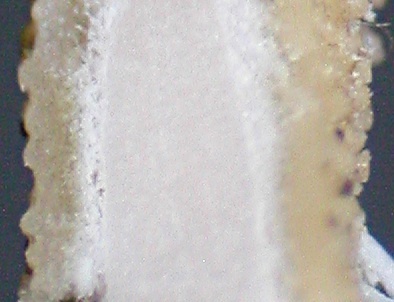Usnea silesiaca Motyka
Wyd. Muz. Slask. Katowic., 3, 2: 19, 1930.
Synonyms: Usnea madeirensis Motyka
Distribution: C - Sar (Zedda 2002). S - Pugl (Thüs & Licht 2006).
Description: Thallus fruticose-filamentous, greenish, shrubby to subpendulous, 4-8(-15) cm long, branching mainly isotomic-dichotomously with divergent branches. Main branches tapering, 0.7-1.3 mm thick, often foveolate or with transverse cracks especially toward the base, which is black for several mm, the blackening sometimes extending to the lower lateral branches. Lateral branches not constricted at attachment point. Papillae sparse to numerous, most frequent on the main branches; tubercles absent; fibrils rare to numerous, 3-6(-10) mm long, sometimes in fish-bone arrangement. Soralia irregularly orbicular to transversely elliptical, well delimited, flat to slightly stipitate rarely concave and encircling the branch, occupying more than half the diameter of the branch, originating from cortex, rarely confluent and covering the entire branch; isidiomorphs numerous only in young soralia, absent in old ones, 0.1-0.2 mm long. Cortex matt in longitudinal section, thick (9.5-14% of total thickness); medulla white, homogeneous, very compact, thin (7.5-13%); central axis white, thick (47-63%), ratio axis/medulla 3-10. Apothecia not observed in Italian material. Photobiont chlorococcoid. Spot tests: cortex K-, C-, P-; medulla K+ dull yellow slowly turning orange-red, C-, KC-, P+ yellow-orange. Chemistry: cortex with usnic acid; medulla with salazinic (main) and consalazinic acids.Note: a mainly western species of humid montane forests, reported from Sardinia and the Gargano Peninsula in Puglia. It is included in the Italian red list of epiphytic lichens as “Endangered” (Nascimbene & al. 2013c).
Growth form: Fruticose filamentous
Substrata: bark
Photobiont: green algae other than Trentepohlia
Reproductive strategy: mainly asexual, by thallus fragmentation
Most common in areas with a humid-warm climate (e.g. most of Tyrrenian Italy)
Commonnes-rarity: (info)
Alpine belt: absent
Subalpine belt: absent
Oromediterranean belt: absent
Montane belt: extremely rare
Submediterranean belt: absent
Padanian area: absent
Humid submediterranean belt: extremely rare
Humid mediterranean belt: absent
Dry mediterranean belt: absent
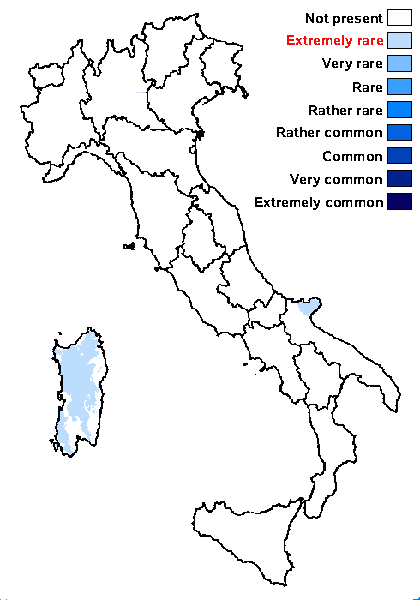
Predictive model
Herbarium samples
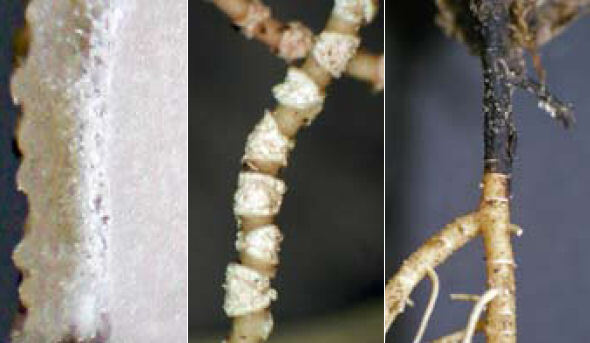
Tiiu Tõrra; Owner: Tiiu Tõrra - Institute of Ecology and Earth Sciences, University of Tartu, Estonia
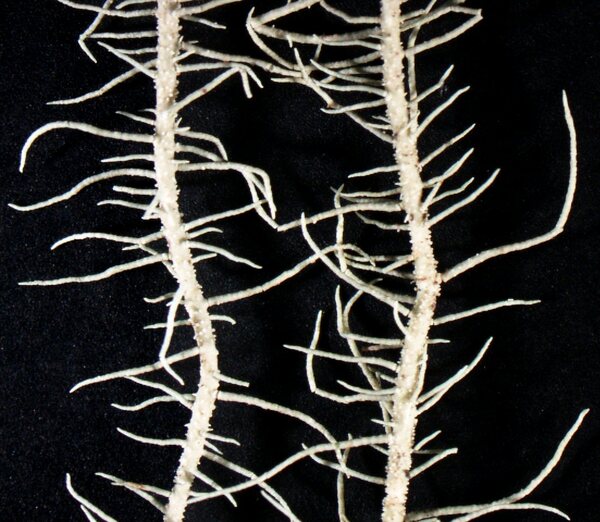
Tiiu Tõrra; Owner: University of Tartu
Estonia.
Herbarium: TU (33525)
2007/04/26
Fibrils of U. filipendula giving the lichen ''fish-bone like'' appearance
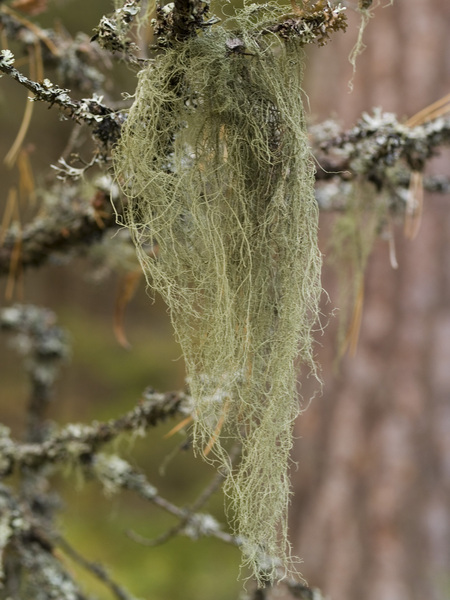
Andres Saag; Owner: University of Tartu
Estonia, Võrumaa Co., Karula National Park
2005/10/10
Pendulous thallus
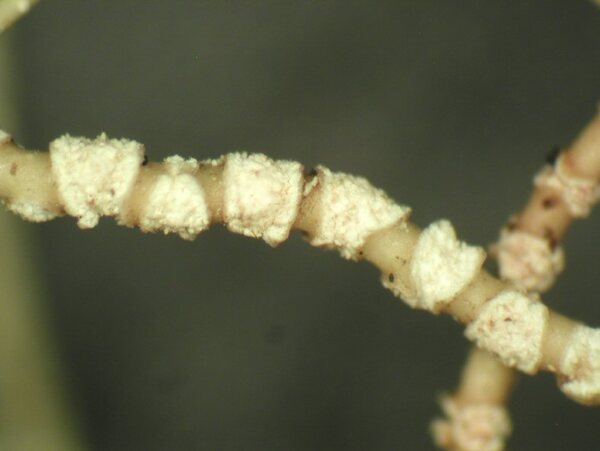
Tiiu Tõrra; Owner: University of Tartu
USA, North Carolina, Swain County Great Smoky Mountains National Park
2005/09/08
Large, transversly ellipsoid soralia of U. silesiaca
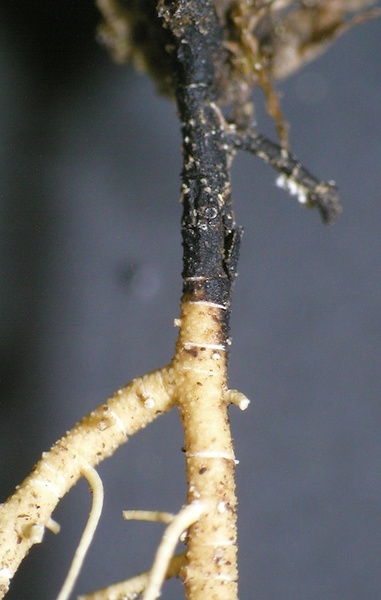
Tiiu Tõrra; Owner: Tiiu Tõrra - Institute of Ecology and Earth Sciences, University of Tartu, Estonia
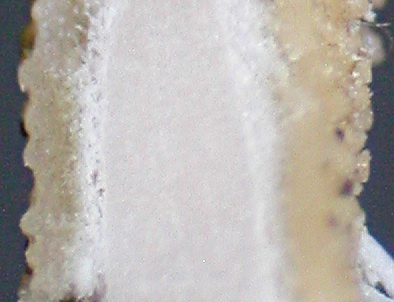
Tiiu Tõrra; Owner: Tiiu Tõrra - Institute of Ecology and Earth Sciences, University of Tartu, Estonia
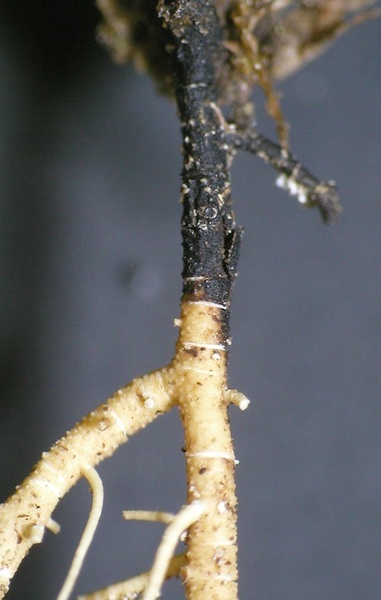
Tiiu Tõrra; Owner: Tiiu Tõrra - Institute of Ecology and Earth Sciences, University of Tartu, Estonia
Growth form: Fruticose filamentous
Substrata: bark
Photobiont: green algae other than Trentepohlia
Reproductive strategy: mainly asexual, by thallus fragmentation
Most common in areas with a humid-warm climate (e.g. most of Tyrrenian Italy)
Commonnes-rarity: (info)
Alpine belt: absent
Subalpine belt: absent
Oromediterranean belt: absent
Montane belt: extremely rare
Submediterranean belt: absent
Padanian area: absent
Humid submediterranean belt: extremely rare
Humid mediterranean belt: absent
Dry mediterranean belt: absent

Predictive model
| Herbarium samples |

Tiiu Tõrra; Owner: Tiiu Tõrra - Institute of Ecology and Earth Sciences, University of Tartu, Estonia

Tiiu Tõrra; Owner: University of Tartu
Estonia.
Herbarium: TU (33525)
2007/04/26
Fibrils of U. filipendula giving the lichen ''fish-bone like'' appearance

Andres Saag; Owner: University of Tartu
Estonia, Võrumaa Co., Karula National Park
2005/10/10
Pendulous thallus

Tiiu Tõrra; Owner: University of Tartu
USA, North Carolina, Swain County Great Smoky Mountains National Park
2005/09/08
Large, transversly ellipsoid soralia of U. silesiaca

Tiiu Tõrra; Owner: Tiiu Tõrra - Institute of Ecology and Earth Sciences, University of Tartu, Estonia

Tiiu Tõrra; Owner: Tiiu Tõrra - Institute of Ecology and Earth Sciences, University of Tartu, Estonia

 INDEX FUNGORUM
INDEX FUNGORUM
 GBIF
GBIF
